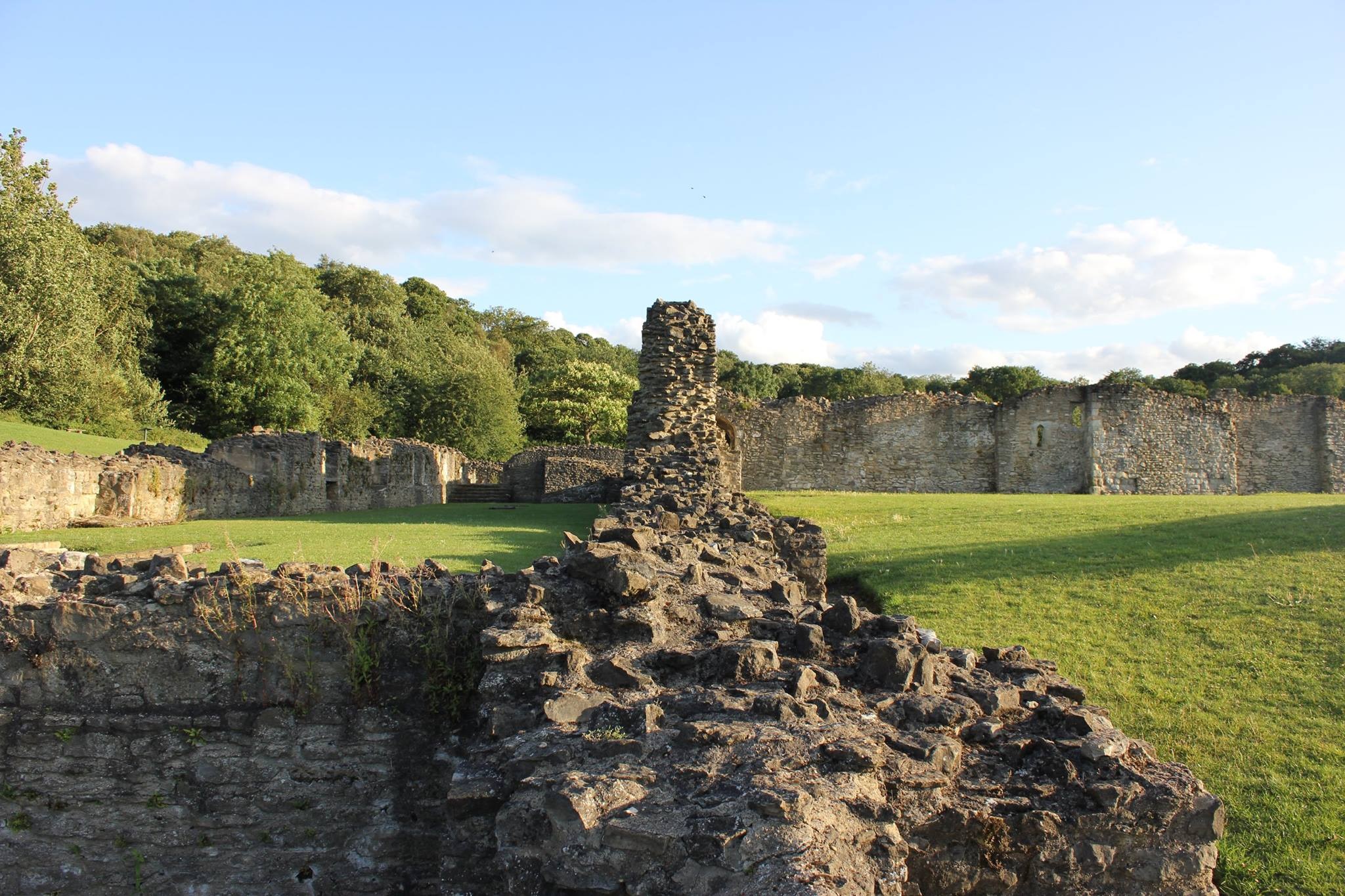Located in Abbey Wood, in the London Borough of Bexley, Lesnes Abbey might just seem like a bunch of ruins to the outsider. It also might be a little further out for most South Londoners, but it is surrounded by some beautiful parks and is definitely worth a visit. Plus, if you’ve read this in advance, you can impress everyone with your knowledge. Classed as an ancient scheduled monument, there is more to Lesnes Abbey than first meets the eye, with a colourful history that begins in 1066, when the area of Lesnes was passed to Bishop Odo. However, the Abbey itself was supposedly founded upon some pretty questionable morals…
Image: London History Group
Richard de Luci, the chief Justiciar of England under Henry II, founded Lesnes Abbey in 1178. Back then it was known as the Abbey of St Mary and St Thomas the Martyr. Many have speculated the Abbey was founded in repentance for his role in the murder of Thomas Becket. The new monastery was operated under Augustinian rule. However, just a year later, De Luci resigned from office and retired to Lesnes. He died 3 months later and was buried in the Abbey’s chapter house. Lesnes was subsequently kept in the family, with de Luci’s great-granddaughter being raised at Lesnes.
Image: London History Group
Lesnes Abbey has already got its roots in a grisly murder, but by 1381 it was also involved in the Peasant’s Revolt. The Peasant’s Revolt arose as a consequence of the Black Death in the 1340s, the high taxes from the Hundred Years’ War and political instability. This tension climaxed when John Bampton, a royal official, attempted to collect unpaid poll taxes in Essex. Led by Abel Ker of Erith, a mob broke into the Abbey and forced the Abbot to swear an oath that he supported their cause. They only left once their demands had been met. This abbot was one of the largest landowners in the area and was responsible for draining the nearby marshes and keeping the riverside embankments in good condition, which became a huge financial burden. Throughout its existence, the Abbey was blighted by serious financial troubles and never grew to an impressive size, whilst other Abbeys across the country thrived.
Under Henry VIII in 1525, the Abbey was one of the first monastic houses to be suppressed in the famous Dissolution of the Monastries. It sustained just 5 canons under an Abbot, and license dictated that monasteries hosting less than seven inmates be suppressed. It was closed by Cardinal Wolsey, with the profits of this suppression intended to finance Cardinal Wolsey’s College at Oxford. All of the monastic buildings were destroyed, with only the Abbot’s own lodging spared, which was incorporated into a farmhouse. Henry Cooke acquired the site in 1541, but his attempts to rebuild came too late, leading him to pass ownership onto John Hippersley who robbed it of building materials. The site again changed hands in 1632, being passed to Thomas Hawes of London, and consequently bequeathed to Christ’s Hospital in 1633.
Lesnes Abbey was only excavated in 1910, remaining as farm land up until this point. London County Council purchased the grounds in 1930, restored the area and opened it as a public park a year later, ultimately handing it to the London Borough of Bexley in 1986. The adjacent Lesnes Abbey Woods are a local nature reserve and in part, a geological Site of Special Scientific Interest, particularly important in regards to Tertiary Fossils.
It is only the foundations that are still visible today, but these still give visitor’s a good idea of what it might have been like. Many visitors note that the Abbey church stood on the south side of the cloisters rather than the more traditional north, often attributed to the sloping site and marshy ground near the river. Another feature of the grounds often noticed is the striking mulberry tree. This too has an interesting story. King James I commissioned this tree in an attempt to create an English silk industry. However, he was unaware that silk moth caterpillars actually feed on the white mulberry rather than the black, which he was sold. Although the story of Lesnes Abbey may seem like one failure after another, it is interwoven with a lot of exciting periods of British History and makes for an intriguing sight.
WHAT IS THE SOUTH LONDON CLUB CARD?
The South London Club is a local discount card to help support small independent businesses across South London whilst saving all who live, work & play in South London money! With over 500+ local discounts to choose from, you will discover & explore all the best hidden gems in South London. Join over 5,000 of us & celebrate all that's independent & South London!





